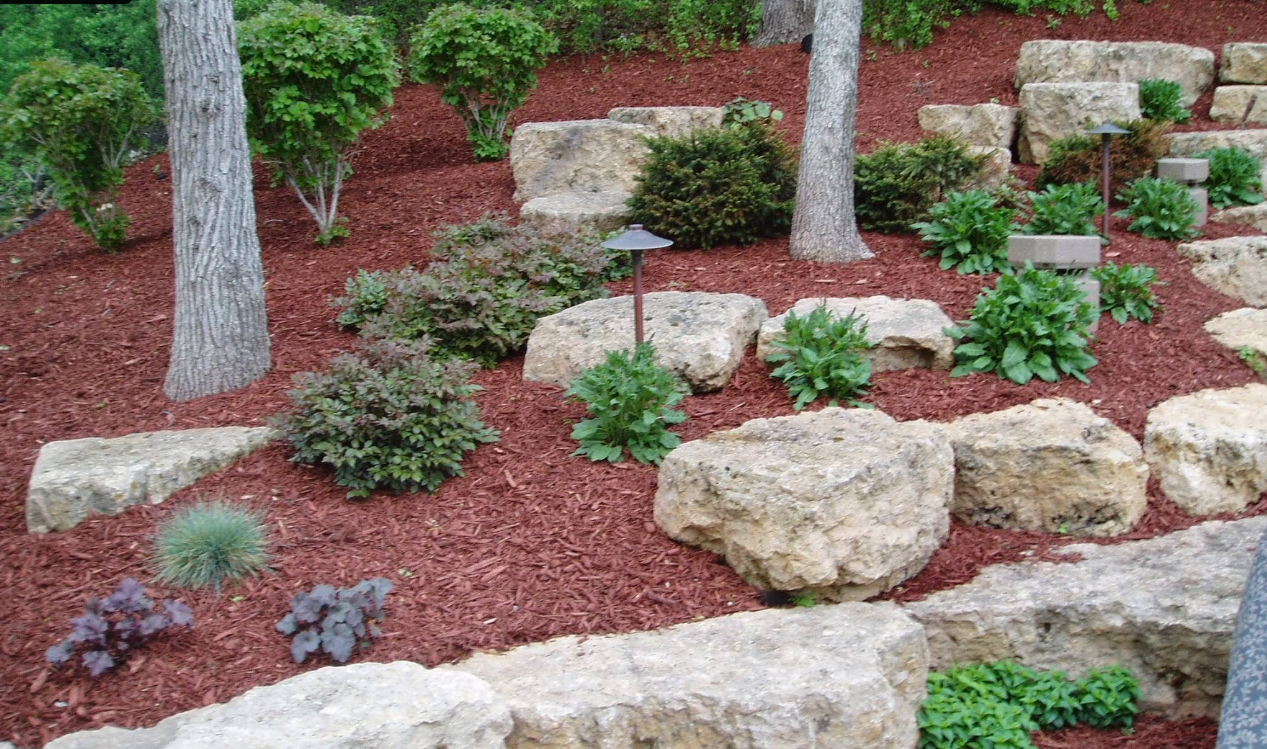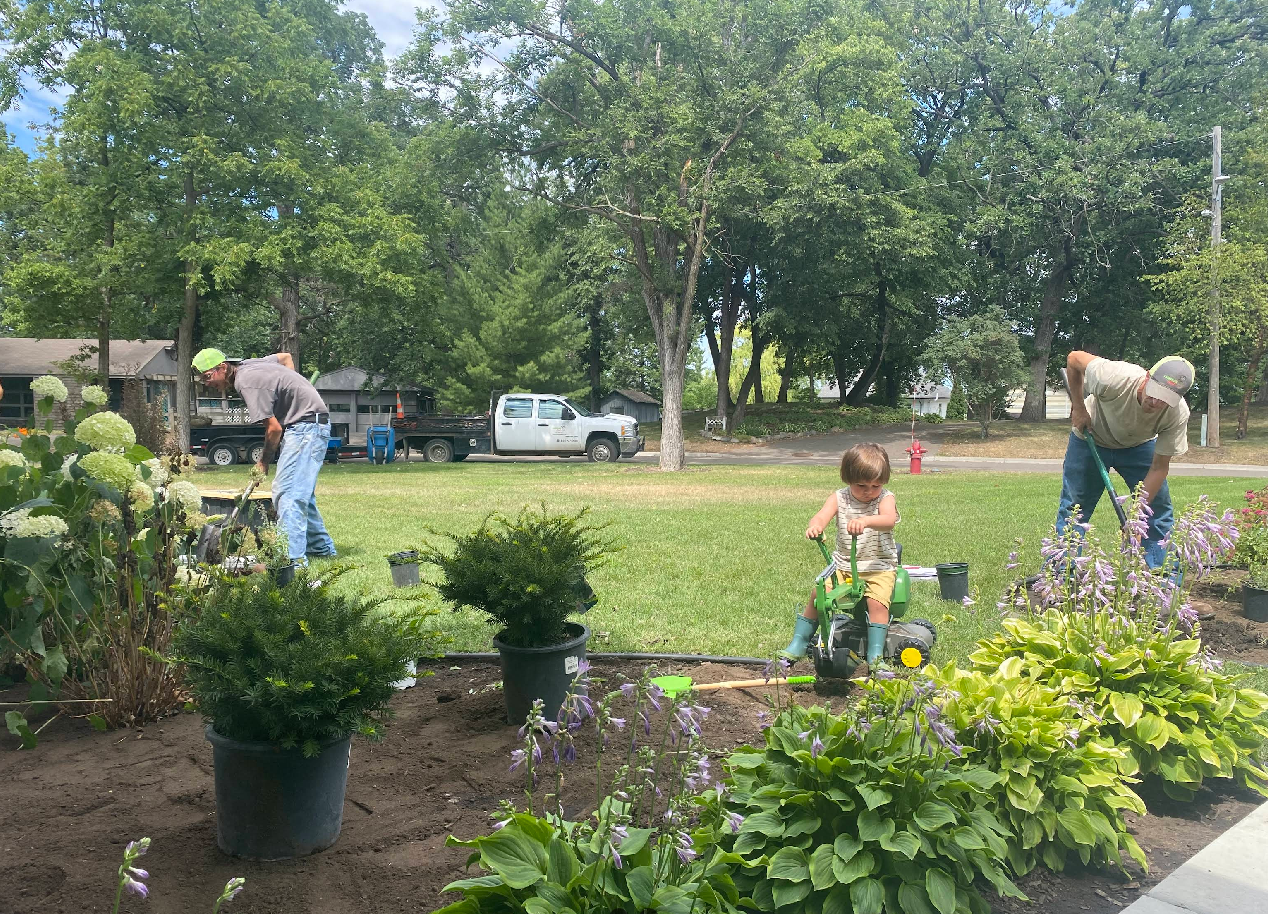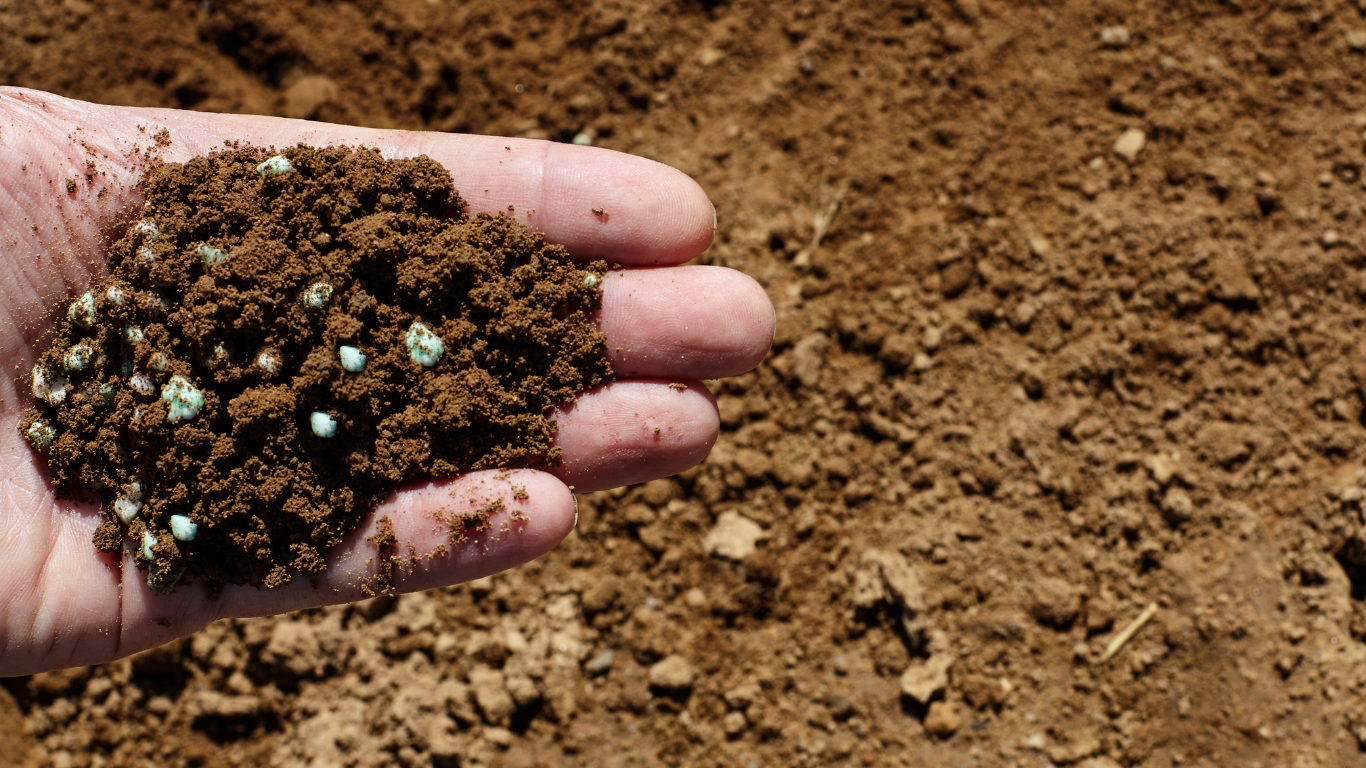Tree and Shrub Maintenance Northfield MN
Keep Your Landscape Growing Strong
Trees and Shrubs Are Investments That Need Care
Trees and shrubs form the structural backbone of your landscape — framing views, providing privacy, anchoring plant beds, and offering year-round texture and shade. But just like lawns and perennials, they require regular care to remain healthy and functional.
At Landscape Gal, we help clients throughout Northfield, Rice County, and the southern Twin Cities metro protect their landscape investments with thoughtful tree and shrub maintenance strategies. Whether we’ve installed your plantings or you’re managing a mature yard, the following guidance will help you keep your trees and shrubs strong, balanced, and thriving in Minnesota’s challenging climate.
Why Ongoing Tree and Shrub Maintenance Matters
Neglecting trees and shrubs may not cause immediate failure — but over time, the consequences show up in the form of poor shape, disease, broken limbs, and even property damage.
Benefits of regular tree and shrub maintenance include:
- Improved health and vigor
- Disease and pest prevention
- Controlled shape and size for safety and aesthetics
- Increased bloom and fruit production
- Better resistance to wind and snow load
Proper care doesn’t require excessive effort — just consistent, strategic attention.
Seasonal Tree and Shrub Maintenance Overview
Spring (March – May)
- Inspect for winter damage: Remove broken or split branches
- Prune spring-flowering shrubs
after they bloom
- Apply slow-release fertilizer if needed
- Mulch base zones to protect roots and retain moisture
- Monitor for fungal issues during wet periods
Summer (June – August)
- Water deeply
in dry spells, especially for young trees
- Watch for insects
like aphids, borers, or spider mites
- Light pruning or shaping
as needed (avoid heavy cuts)
- Remove water sprouts or suckers
growing from base or trunk
- Keep mulch tidy
but away from trunks
Fall (September – November)
- Prune deadwood and non-blooming deciduous shrubs
- Fertilize lightly to support root growth (not top growth)
- Wrap young trees to prevent sunscald and critter damage
- Plant or transplant shrubs and trees early in fall for root establishment
- Clean fallen leaves and diseased debris from beds
Winter (December – February)
- Avoid heavy snow loads on evergreens — gently brush off snow
- Check protective wraps and fencing around young trees
- Plan structural pruning for late winter, when trees are dormant
- Inspect for rabbit or deer damage — add guards if needed
How to Prune Trees and Shrubs Correctly
Pruning is both science and art. Poor technique can lead to disease, weak growth, or permanent disfigurement.
Pruning Basics
- Use clean, sharp tools — sanitize between cuts if working on diseased plants
- Remove dead, damaged, or diseased wood first
- Cut just above a node or bud, angled away from growth direction
- Avoid leaving stubs — this invites rot and pests
Timing Is Critical
- Spring-blooming shrubs: prune
after bloom (e.g., lilac, forsythia)
- Summer bloomers: prune in early spring before new growth
- Evergreens: prune lightly in late spring or early summer
- Trees: structural pruning is best in
late winter (February–March)
Don’t Overdo It
- Never remove more than
25% of total foliage in a season
- Avoid topping trees or shearing shrubs unnecessarily
- Shape naturally — let the plant’s form guide your cuts
Watering and Mulching Best Practices
Tree and shrub success depends on strong roots — and that requires smart moisture management.
- Water deeply and slowly
— roots grow deeper with less frequent, deeper watering
- Use
soaker hoses or slow-drip irrigation for best absorption
- New plantings need regular watering for the first two seasons
- Mulch 2–3 inches deep, but keep clear of trunks and stems
- Refresh mulch annually to retain moisture and prevent weeds
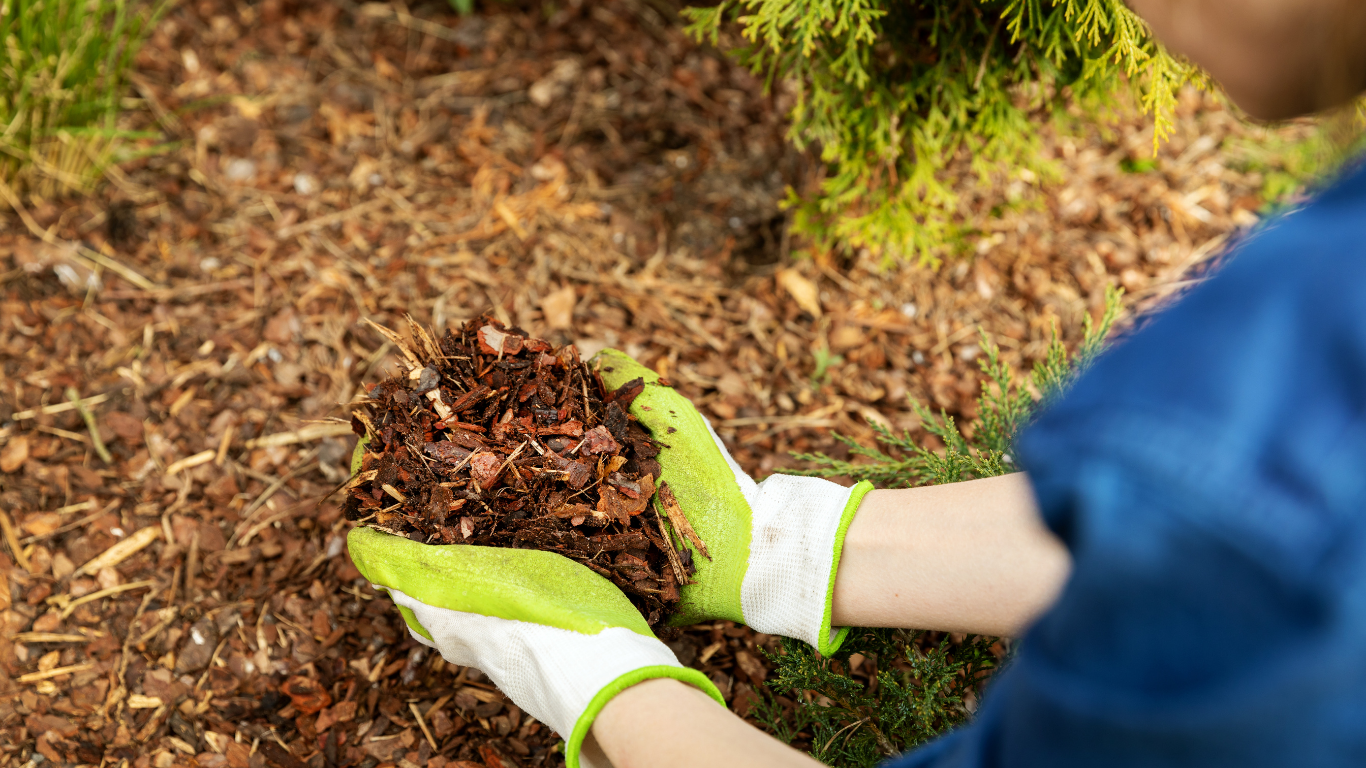
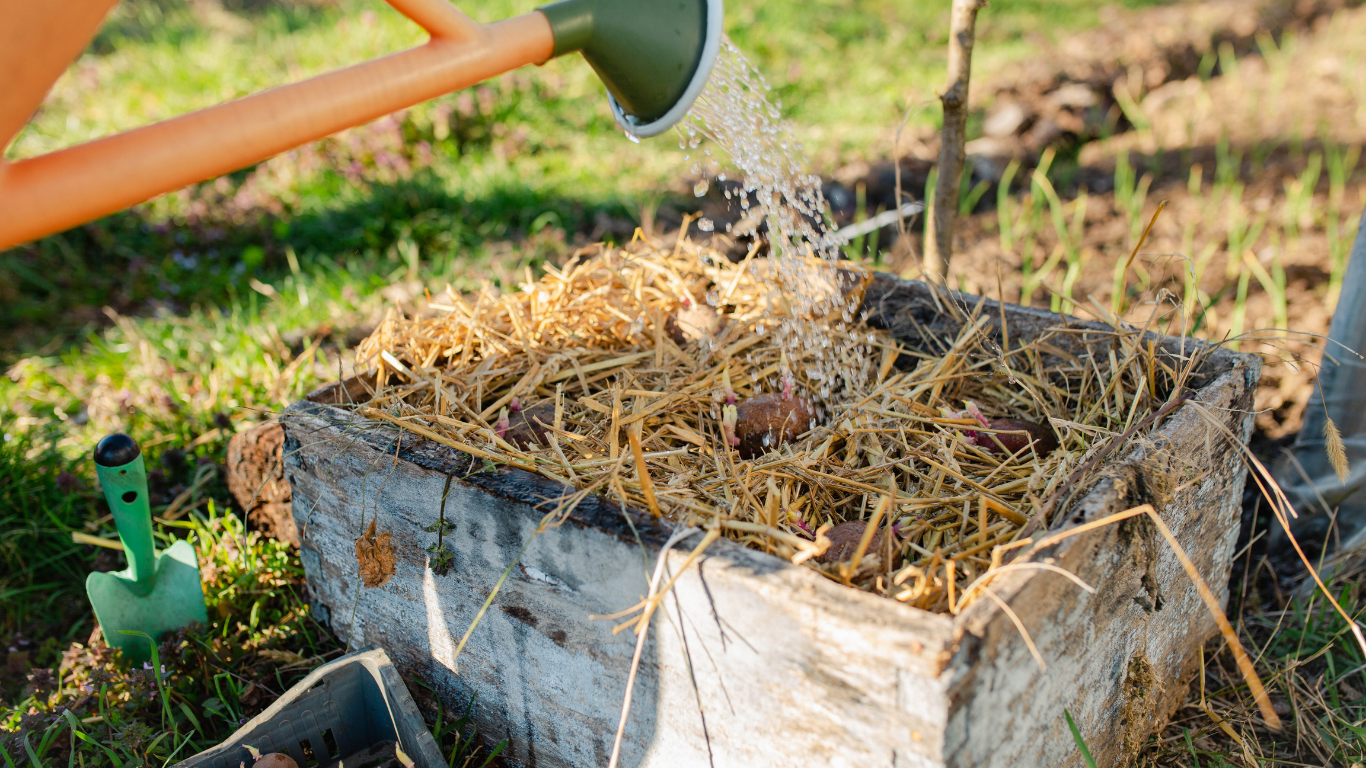
Fertilizing Guidelines
Not all trees and shrubs require fertilizer — and overfeeding can do more harm than good.
- Use
slow-release or organic fertilizers in spring or fall
- Fertilize only if plant shows signs of deficiency (yellowing, weak growth)
- Consider a
soil test before adding products unnecessarily
- Avoid high-nitrogen lawn fertilizers near tree root zones
Common Issues to Watch For
Pests
- Aphids, scale, borers, and caterpillars are common
- Use horticultural oil or insecticidal soap as needed
- Encourage beneficial insects like ladybugs and lacewings
Diseases
- Powdery mildew, leaf spot, rust, and cankers are typical in humid conditions
- Improve airflow, prune infected parts, and dispose of fallen debris
- Avoid overhead watering when possible
Physical Damage
- Lawnmower and string trimmer damage around trunks
- Storm breakage from wind or ice
- Bark splitting from sunscald or freeze-thaw
- Protect with tree guards or mulch rings
FAQs – Tree and Shrub Maintenance
When should I prune trees in Minnesota?
Late winter (February–March) is ideal for most trees. It avoids sap loss and allows you to see the branch structure clearly while the tree is dormant.
How much water do newly planted trees need?
Typically, 5–10 gallons per week depending on tree size, soil, and rainfall. Deep soaking once a week is better than daily light watering.
Do I need to wrap my young trees in winter?
Yes — especially thin-barked trees like maples and fruit trees. Wrapping helps prevent sunscald and damage from rabbits and deer
Should I mulch around my trees?
Yes, but avoid piling mulch against the trunk. A flat, donut-shaped mulch ring helps conserve moisture and reduce mower damage.
Can I use hedge trimmers on shrubs?
Use caution. Some shrubs tolerate shearing, but others respond better to selective pruning. Over-shearing can ruin natural form and stress the plant.
Contact Landscape Gal
3343 Union Lake Trl, Northfield, MN 55057
Monday–Friday, 7:30am – 5:30pm
